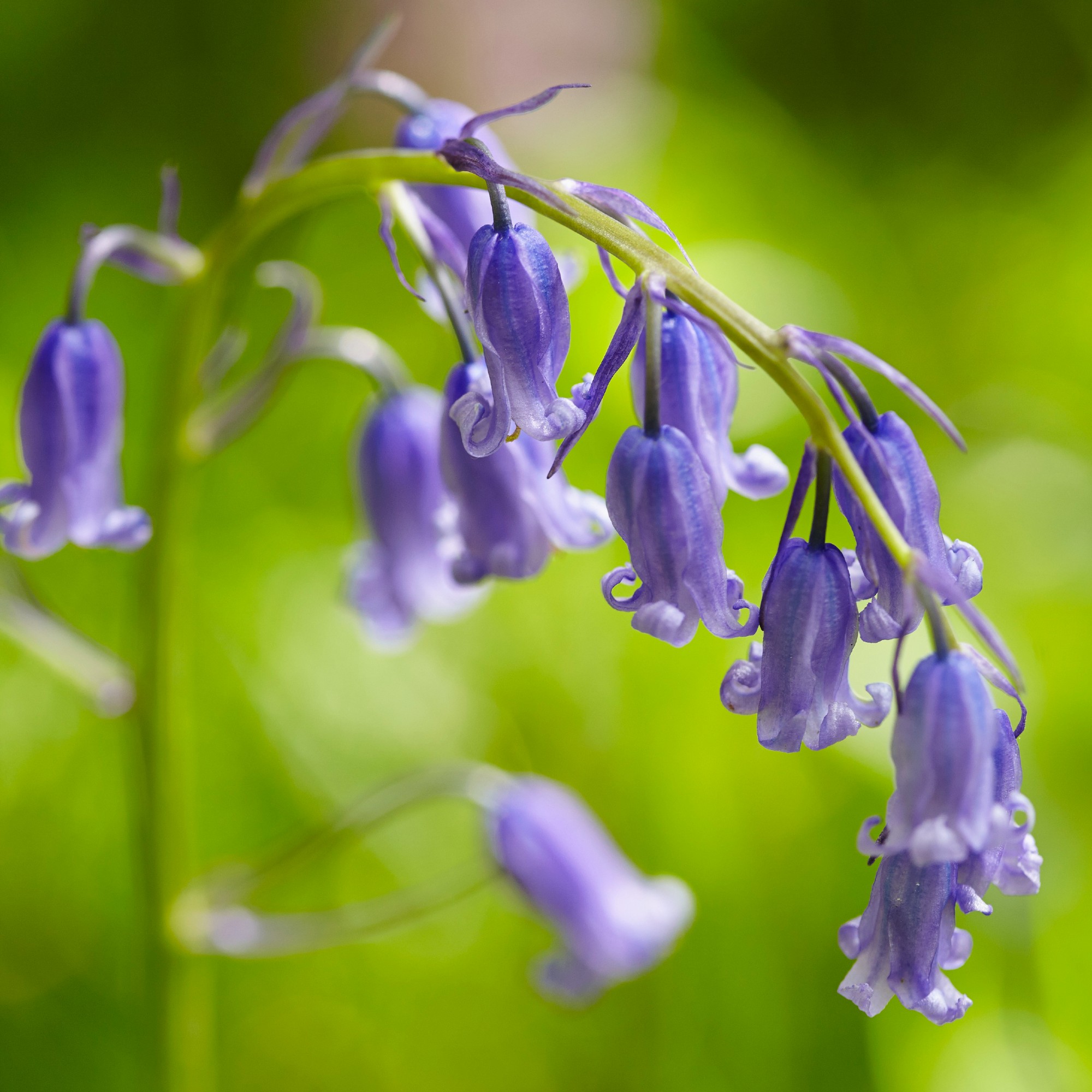
If you’re trying to tear your kids away from their 100th episode of Bluey or drawing yet another ‘masterpiece’ on your white walls, sending them out into the garden for fresh air probably sounds like a good idea. But you must be careful, as many of the most common garden plants are toxic to children.
Yes, while you may dream of five minutes’ peace as your kids make daisy chains and bake mud pies in the garden, the reality is that many garden ideas can be dangerous for kids. Just as there are many pet-poisonous plants to avoid, many poisonous plants can prove deadly if ingested (or even touched) by curious children.
With this in mind, we’ve put together the toxic garden plants you should avoid to maintain a child-friendly garden. Plus, expert tips on teaching kids the importance of garden safety.
Toxic garden plants to keep away from children
‘Specific plants aren't only poisonous or toxic to children, but poisonous or toxic to everyone,’ explains John Clifford, garden expert at Gardenstone. ‘The only difference is that children (especially younger children) aren't aware of any plant dangers and are more likely to touch the plants or even put them in their mouths and eat them.’ So, which toxic garden plants should you keep away from children?
1. Foxgloves
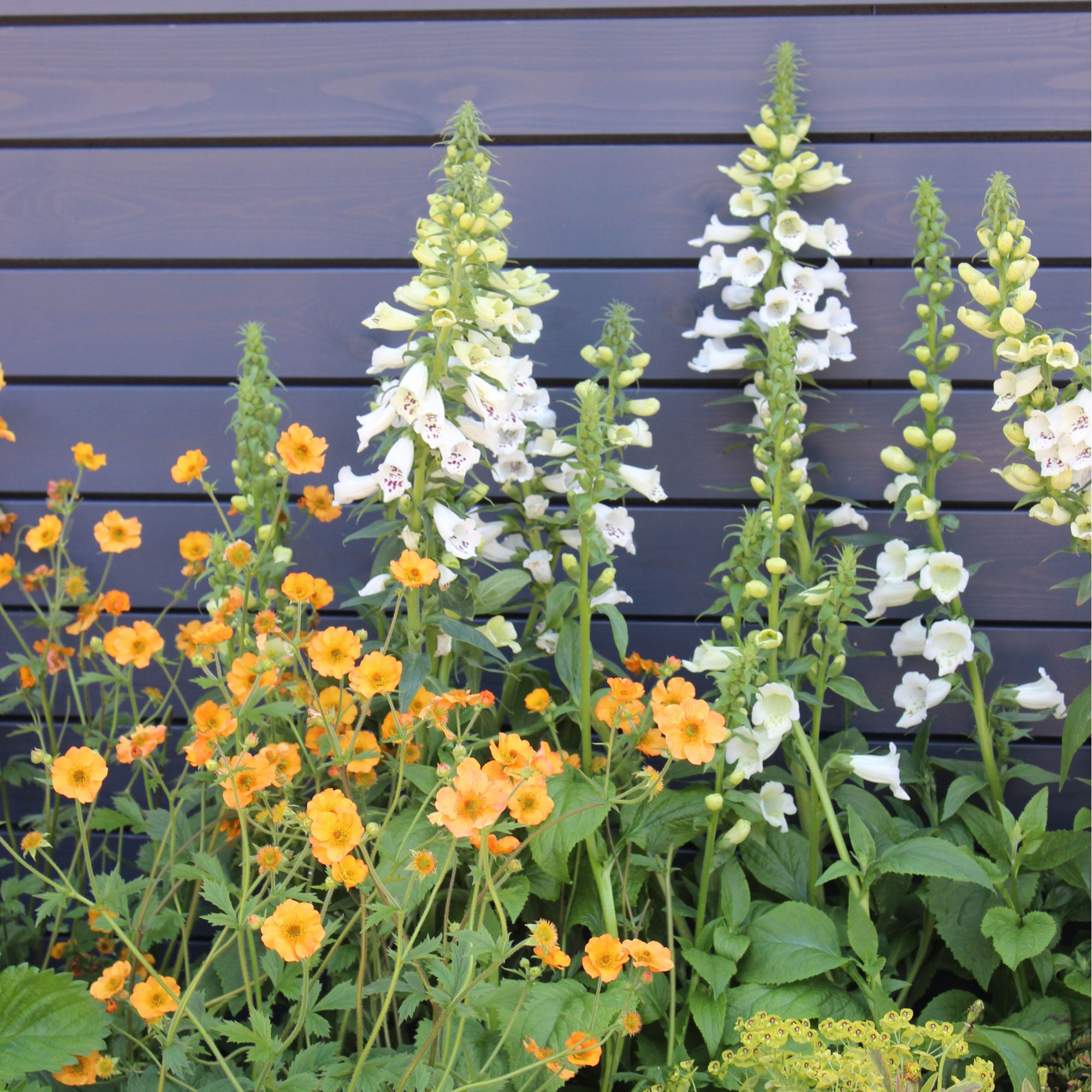
Looking at the bell-shaped flowers, beautiful colours, and impressive height of foxgloves, you can probably understand why everyone wants to know how to grow foxgloves. However, foxgloves are also incredibly toxic - which is why everyone needs to be careful and wear gloves around them.
Morris Hankinson, Director of Hopes Grove Nurseries, explains, ‘A shade and woodland garden favourite, these are a definite no for anyone of any age! Even a small amount could be fatal due to the cardiac glycosides which affect the heart.’
Because of this, most experts would advise against planting foxgloves in a garden that’s used by children. If you don’t want to get rid of them completely, though, you might be interested to know that foxgloves are considered to be one of the best bedding plants for shade.
Because of this, you could plant these beloved plants in a dark corner of your garden, in an area that’s not easily accessible to your kids.
2. Bluebells

There’s nothing better than seeing a woodland floor covered in bluebells in the spring, but you might want to rethink planting bluebell bulbs in your own garden - especially if you have kids (or even grandkids visiting on a regular basis).
In fact, every single part of the bluebell, including the stem and the flowers themselves, contains poisonous glycosides that can be fatal to those who may accidentally ingest them.
As well as being toxic to humans, bluebells are also incredibly invasive. This means that they’re incredibly hard to control when you have them in your garden, so it’s best to avoid planting them in the first place.
3. Rhododendron
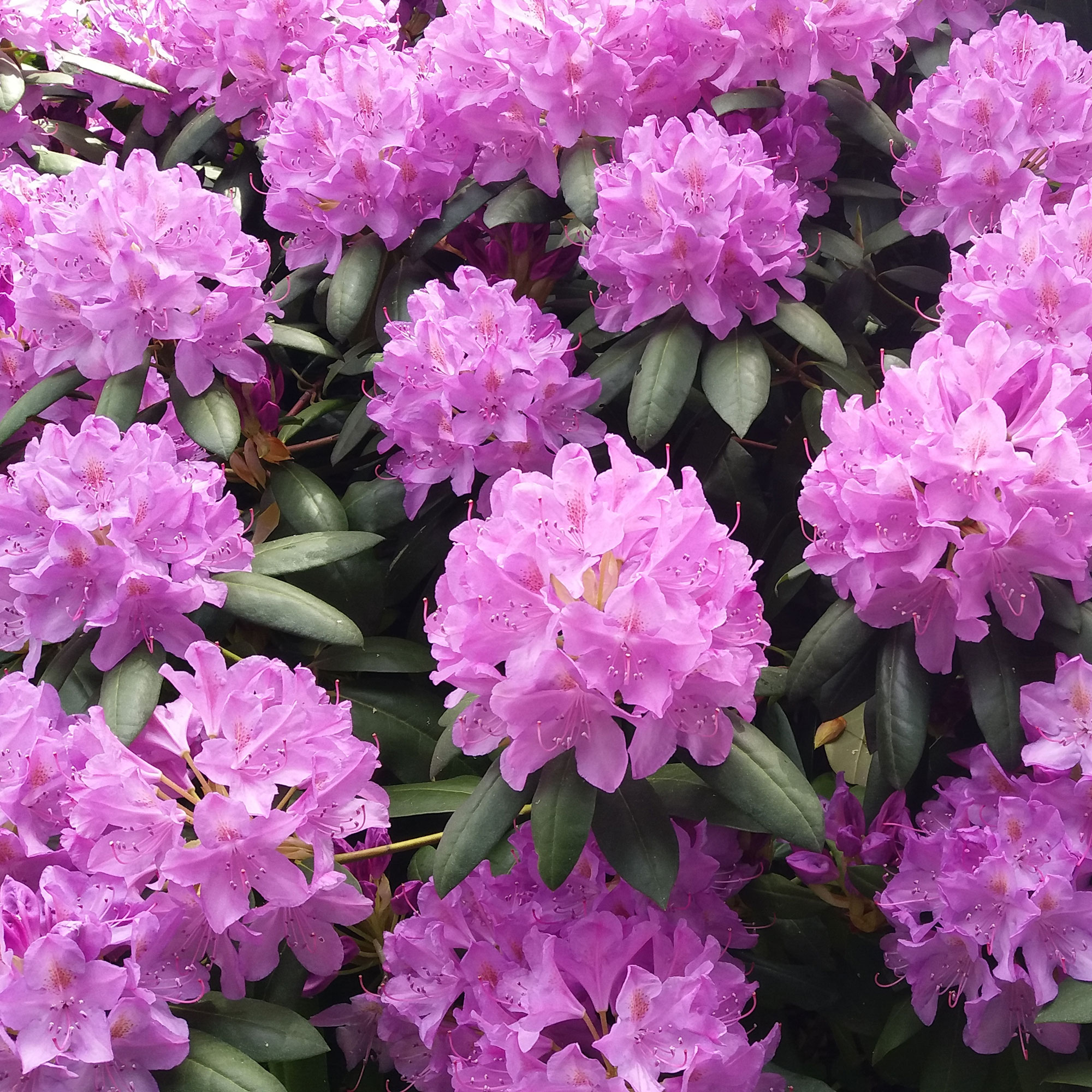
Rhododendrons come in so many shapes, sizes, and colours - and they’re often a popular choice for those wanting to fill up their garden borders. But there’s a reason why you should always wear gloves when pruning a rhododendron, and that’s because this plant is incredibly toxic.
To be more specific, every single part of the rhododendron contains diterpenes, which can cause extreme skin irritation when touched and a severe reaction if ingested. In fact, it can cause sickness, stomach pain, and general weakness.
It’s important to note that eating one flower is unlikely to cause any harm, as these effects are linked to large quantities of rhododendrons. So, it’s down to you and your judgment as to whether you feel safe having rhododendrons around your children.
4. Hydrangea

With their large white flowerheads and their beautiful scent, hydrangeas are a firm cottage garden favourite. However, hydrangeas are incredibly toxic to children.
Morris says, ‘A common and well-loved garden plant, the hydrangea can cause a lot of discomfort if ingested. Some people are also allergic to the sap.'
'Hydrangin and hydrangenol are the main problems, but there are even saponines and hydrogen cyanide present. While ingesting a little will more likely cause some stomach pain, eating a lot can mean a long stay in hospital.’
Because of this, it’s not worth the risk to have hydrangeas in your garden. But if you really don’t want to part with your hydrangeas, consider planting them in pots and moving them away from your little ones when they’re hanging out in the garden.
5. Lily of the valley
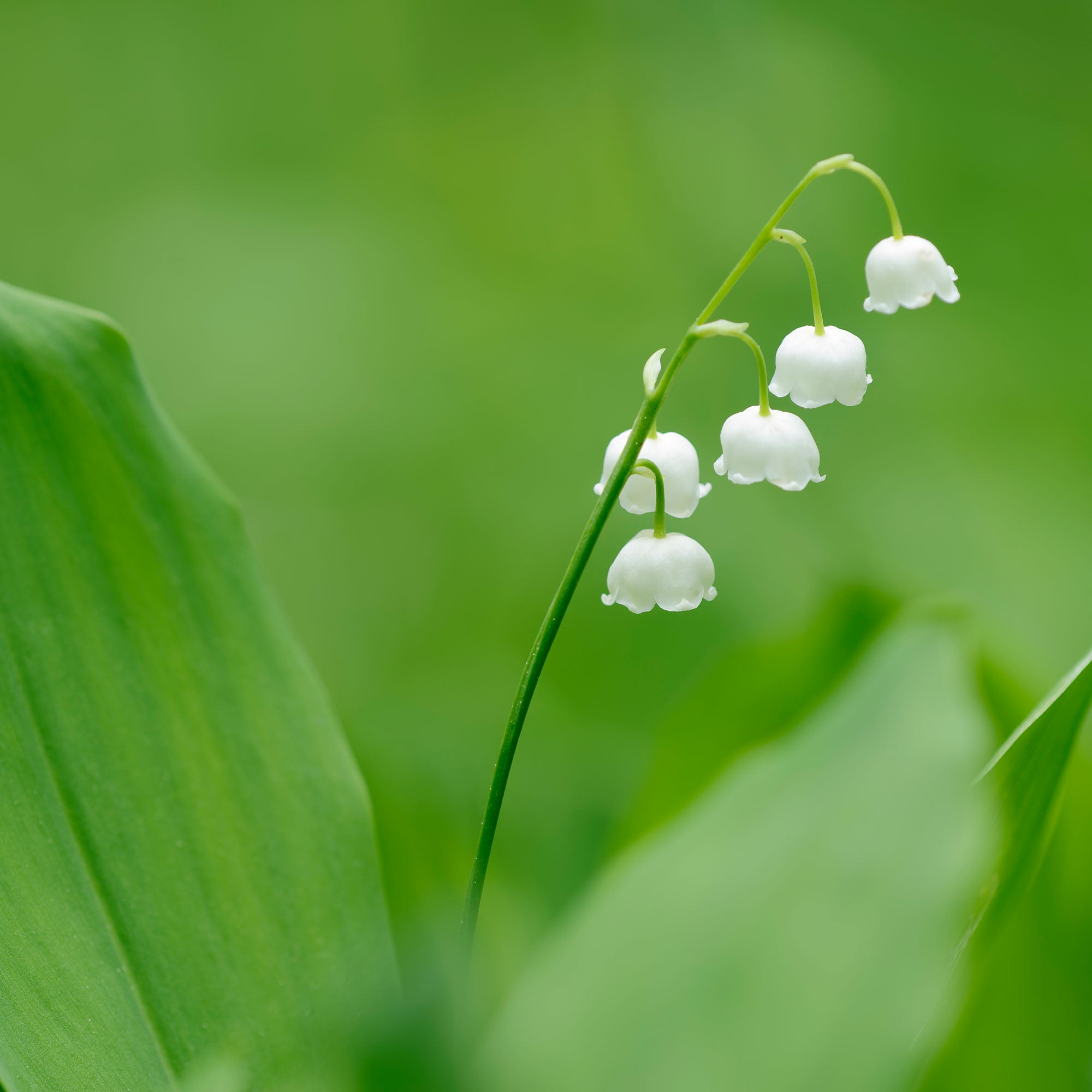
Everyone should be on board with the affordable perennial hack when decking out their garden with flowers, but you might want to reconsider adding lily of the valley if you have children.
And while there’s no doubt about the fact that this dainty perennial would be a wonderful addition to your outside space, most experts would agree that it’s just not worth the risk.
Morris explains, ‘Eating just a couple of leaves could prove fatal and shouldn’t be in a child-friendly garden. Even the berries look like sweets to children, so it’s just best avoided.’
6. Daffodils
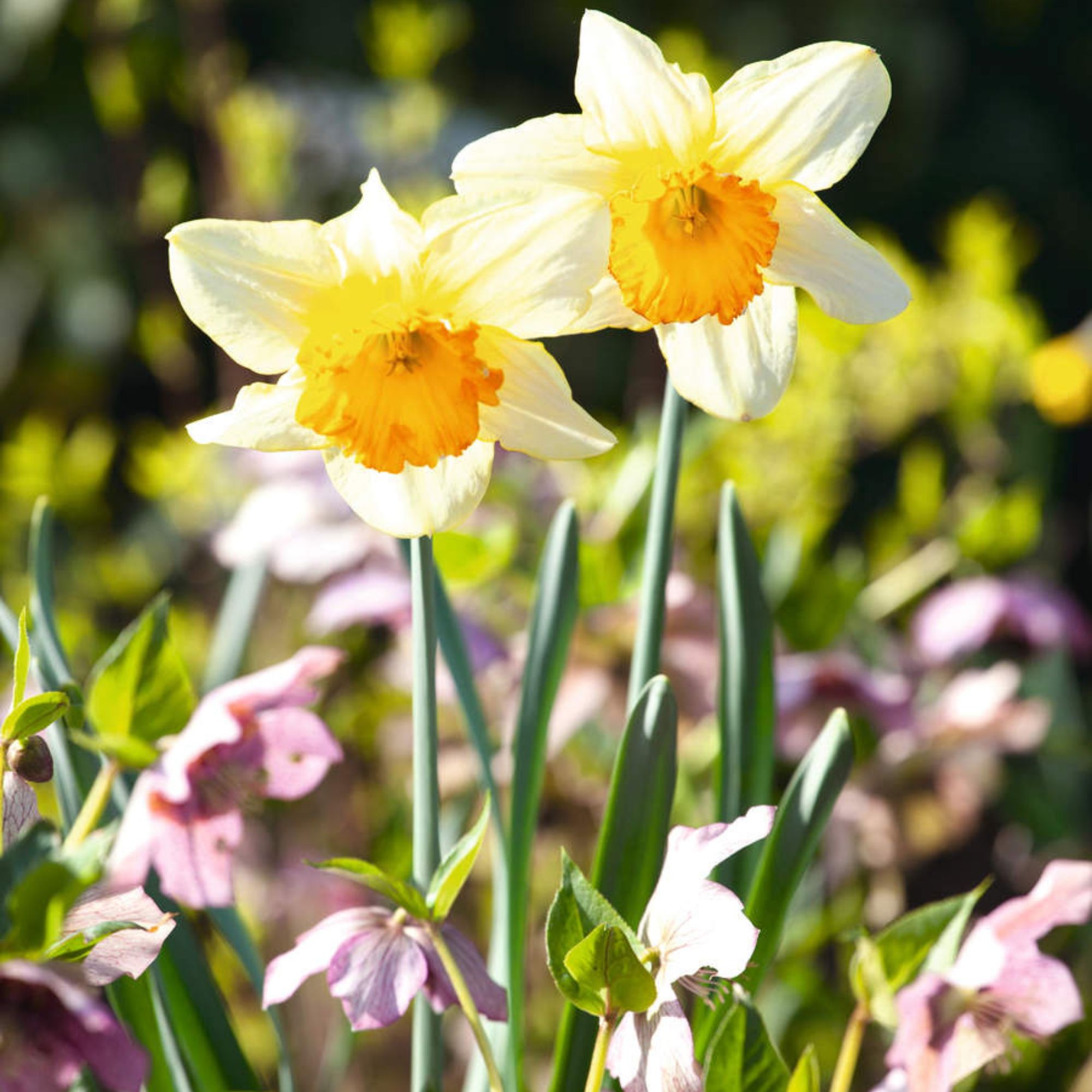
Daffodils are a welcome sign that spring has sprung, and there’s no doubt about the fact that children love seeing these yellow flowers pop up from the ground. And while you may feel inclined to plant your own daffodil bulbs, you might want to rethink that plan.
Unfortunately, every single part of daffodils is toxic to humans - from the bulb to the flowers themselves. If ingested by children, they may experience stomach pain, diarrhoea and vomiting. And while these symptoms won’t be life-threatening, it’s still something you should avoid at all costs.
Of course, that doesn’t mean that you necessarily have to get rid of daffodils, but it’s a good idea to supervise your children around daffodils at all times. If you can, grow them in pots so that you can also move them out of harm’s way.
7. Tulips

If you’ve ever grown your own tulips, you may have noticed your hands itching after handling. That’s because tulips are toxic to humans and are particularly dangerous for the little hands that may be playing in your garden.
Yes, tulips contain tulipalin, a toxic chemical compound normally found on the outer leaves and stem of the plant. Because of this, gardeners should always wear gloves when handling tulips, and children should be kept away.
The last thing you want is for your kids to accidentally eat anything with tulipalin in it, so keep your tulips away from ground level and opt to plant tulips in hanging baskets and window boxes instead.
8. Yew
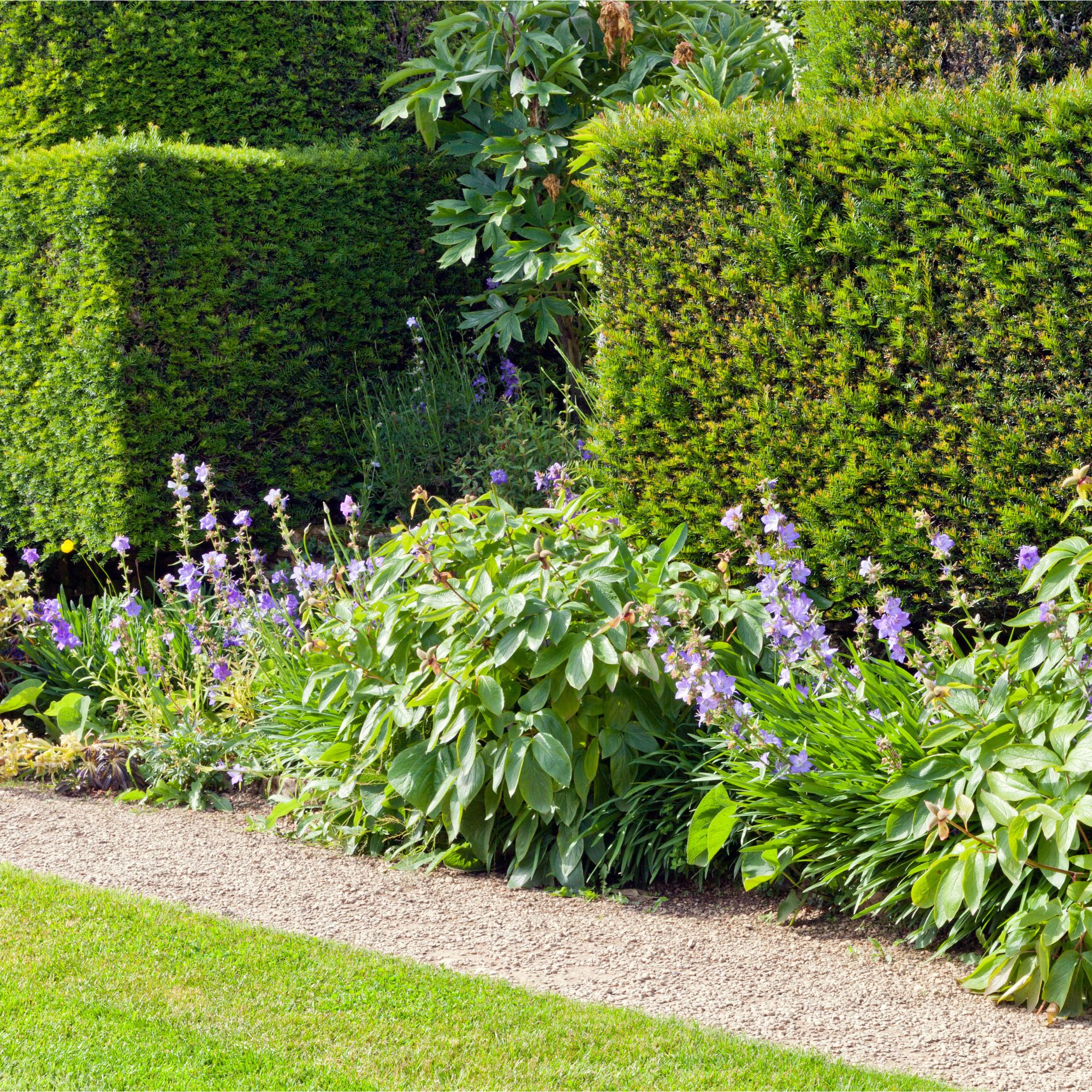
If you’re looking for a front garden idea that also blocks out the road or your neighbours, growing a yew hedge may seem like a great option. Unfortunately, it does have its downsides.
Morris explains, ‘Yew is a wonderful native hedge, with dark green foliage and bright red berries. However, Yew contains taxane alkaloids which are highly poisonous and just a few leaves can make a child very poorly indeed.’
‘There have been deaths linked to eating yew, so as all parts of the plant are poisonous, we recommend not growing this in a child-friendly garden unless there are very strict rules about not eating it!’
Instead, opt for another non-toxic, fast-growing hedging plant instead.
9. Deadly nightshade
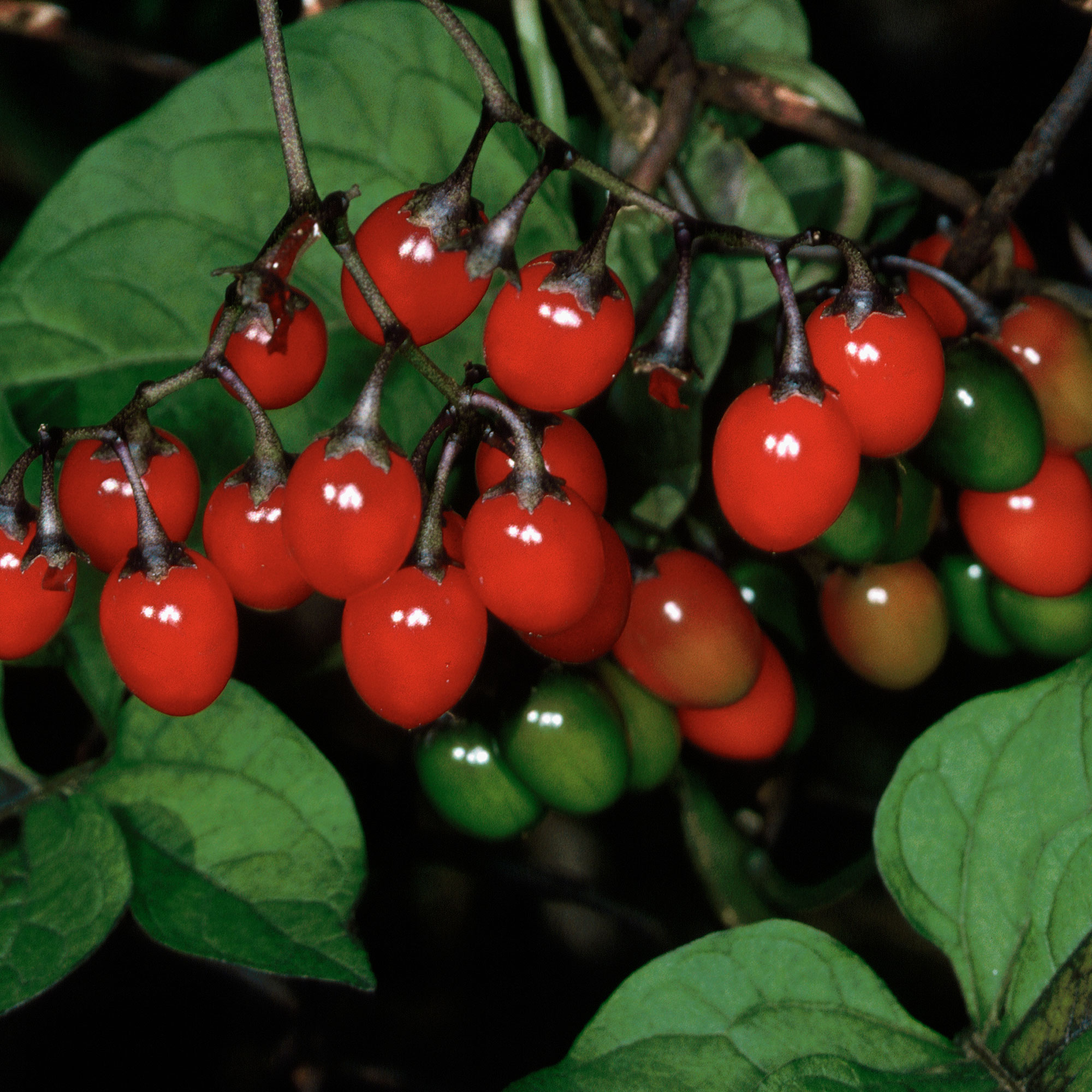
With a name like deadly nightshade, you can probably assume that this plant isn’t a great choice for a child-friendly garden. Officially called Atropa belladonna, this plant is particularly common in the southern areas of the UK and is incredibly poisonous.
What’s so dangerous about this particular plant is the fact that it looks extremely innocent. The leaves are luscious and green, and the purple flowers are incredibly beautiful. Not only that, but it also produces black berries that look very similar to blueberries.
However, it’s imperative to keep your children away from deadly nightshades and ensure they don’t accidentally eat the berries. These berries are toxic to humans and can be deadly in large quantities.
How to keep children safe around garden plants
Unfortunately, the list of toxic garden plants above isn’t exhaustive. There are many other poisonous plants out there, and you can find a full list of potentially harmful garden plants on the RHS website.
And while you can try your hardest to steer clear of these plants for a child-friendly garden, you should also know how to keep children safe around any plant in your garden.
John says, ‘It's really important to speak to your children about plant safety and warn them never to eat plants.’
This is echoed by Morris, who explains, ‘The most important thing when it comes to plants in general is to teach children what they are, what to look out for and to not eat any of them without asking! Whilst this is easier said than done, it is something to consider when dealing with potentially toxic plants in the garden.'
'Even if a plant isn’t toxic, too much of one plant could cause problems and some may even cause an allergic reaction despite not being toxic, so it is always wise to be cautious.’
That doesn’t mean that kids can’t enjoy the garden, though. There are many ways for children to to enjoy the delights of gardening, as long as you take extra precautions.
‘One way to ensure children don’t try eating whatever catches their eye is to grow some plants specifically for children to grow and eat,’ Morris explains. ‘Plants such as tomatoes, strawberries, nasturtiums and fun fruits like cucamelons or an apple tree.’
‘If you think your child has eaten something from the garden, it is best to get them checked by your doctor.’
Where to buy child-friendly plants:
- Amazon: buy cucamelon seeds to try these out for size.
- B&Q: grow a sunflower plant with the younger generation.
- Crocus: snap up pots or bare-root strawberry plants for kids to enjoy.
- Dobies: add mini apple and pear trees to your collection.
- Suttons: start growing pumpkins for Halloween.
- Thompson & Morgan: buy tomato 'Moneymaker' seeds for a bumper crop.
FAQs
Are lilies toxic to kids?
Although there are countless varieties of lilies out there, we’re sorry to say they’re all toxic to humans and animals. However, it’s important to note that many of them are toxic in different ways. Some are only toxic when ingested, while others are toxic whether ingested or simply touched.
If you have young kids, it’s best to keep lilies away from them at all costs. If you have older kids, you can explain to them the dangers of these plants to ensure they steer clear of them.
Are pansies safe for children?
Although there are many toxic plants for kids out there, pansies are perfectly safe for children. They’re a great option for a family-friendly garden, the wide variety of colours makes them a popular choice for youngsters looking to grow their own flowers.
Now you know the plants that are toxic to children, you can make sure that your garden is child-friendly.







